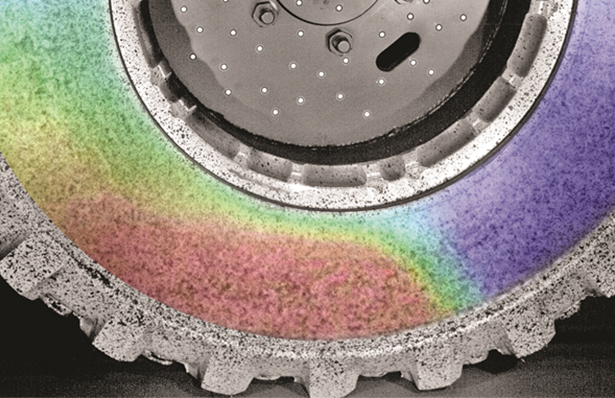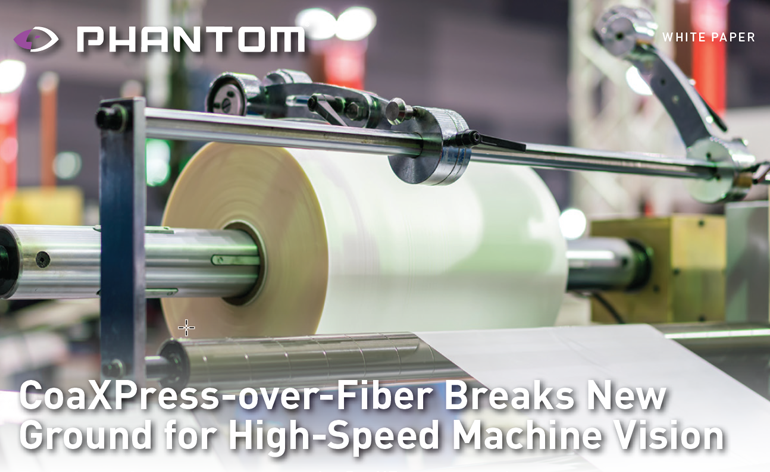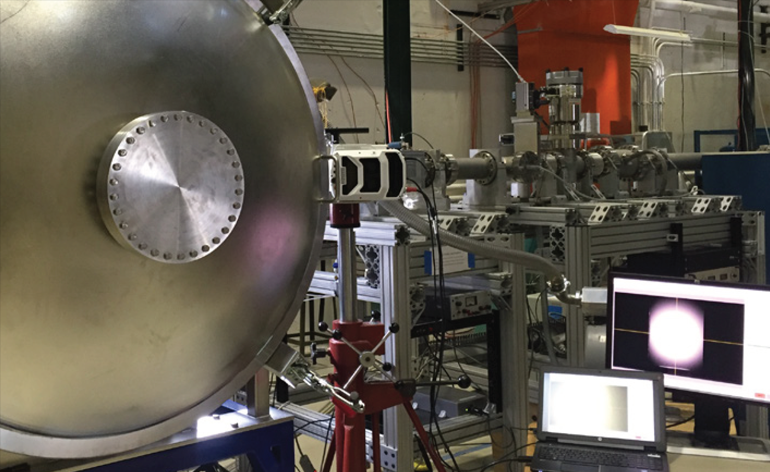SCIENCE
With a camera head measuring in at just 32mm x 32mm x 29mm, the Miro N-Series is Vision Research's smallest camera model.
Courtesy: By Kenya
DIGITAL IMAGE CORELATION
Droplet and water movement analysis captured by the Phantom VEO. The monochrome sensor captures sharp, crisp detail of the droplet shapes and a color sensor accentuates the variances in liquid behavior.
A high-speed camera for scientific research is going to elevate your ability to observe and identify events in higher detail than ever before. This is an exciting endeavor, but can also be daunting, especially when you are attempting to establish which type of camera would work best for the experiments you will be performing.

数字图像相关(DIC)是同步使用多个高速相机拍摄单个事件的过程,在研究足球头盔如何保护运动员的学术研究中发现了这一功能,这种使用非接触的研究方法利用斑点油漆图案,可以清楚地观测对材料或物体的细微冲击和振动影响。
FIND THE RIGHT HIGH-SPEED CAMERA
A high-speed camera for scientific research is going to elevate your ability to observe and identify events in higher detail than ever before. This is an exciting endeavor, but can also be daunting, especially when you are attempting to establish which type of camera would work best for the experiments you will be performing.
The easiest way to decide which camera you will need is to answer four key questions about your laboratory and your research.
• Speed - How fast is it going?
• Size & Resolution - How large is the event and what resolution is required?
• Illumination - How much light is required to clearly see the experiment?
• Proximity - How close does the camera need to be to the event?
Regardless of what you are recording, the above will always be important. Please do not hesitate to contact us so that a trained Phantom camera expert can assist you in deciding which camera you will need.
A special program built for educators worldwide to encourage the advancement of technology at educational institutions. Research and growth by capturing an image when it’s too fast to see, and too important not to®.
-
获取更多关于PHANTOM产品的信息
- 联系我们




